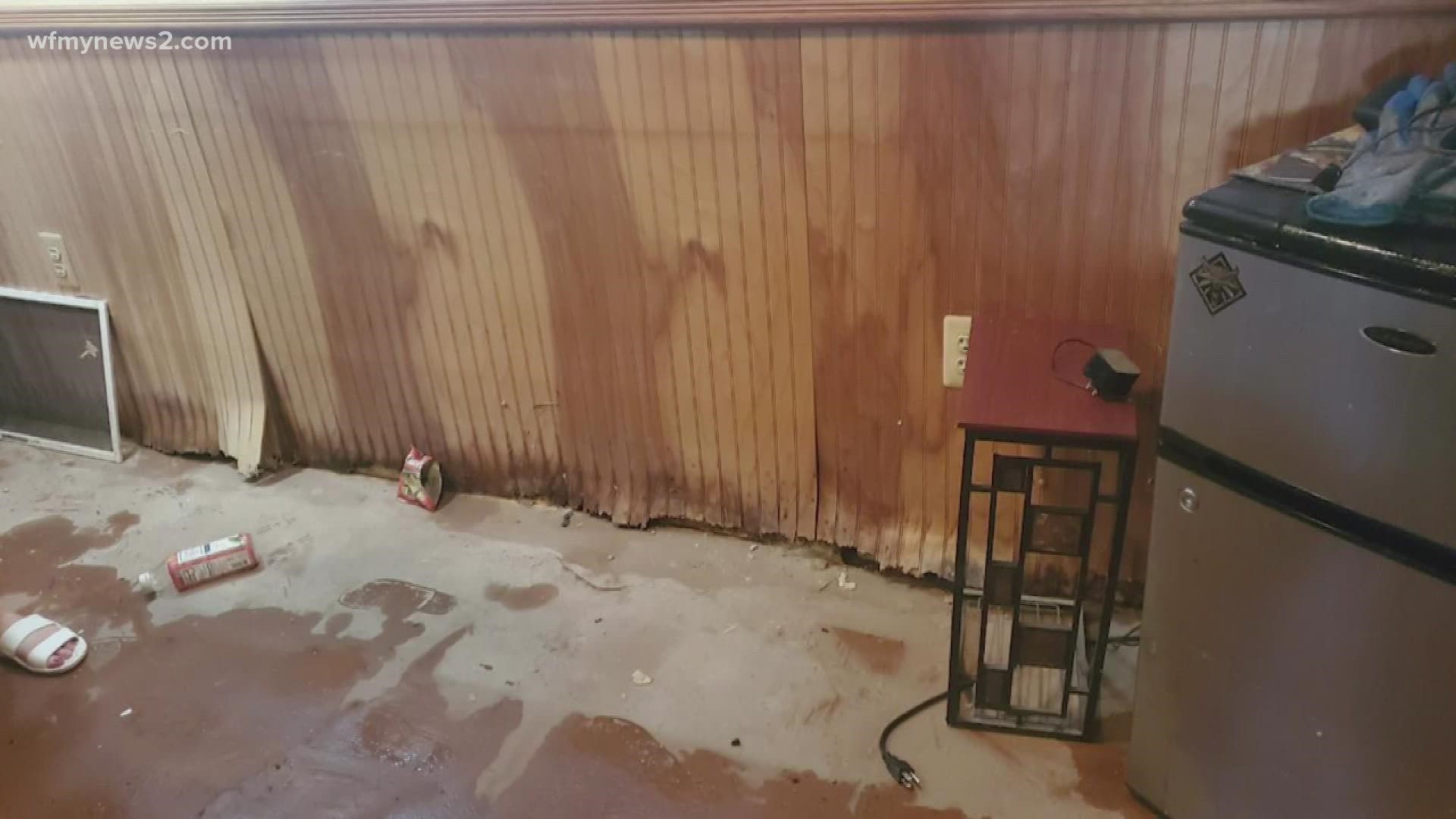GREENSBORO, N.C. — Record-breaking rainfall has turned normally dry basements into waterlogged messes for millions of people over the past few months. The first freeze of the season can catch folks off-guard and they find themselves with an outdoor hose hooked up that causes a pipe to burst. Even just a little water where it’s not supposed to be can cause big problems in the form of mold and mildew.
As Consumer Reports explains, you have to act fast to protect your belongings and your home from a potentially dangerous mold outbreak.
How should you prevent mold after a flood? Larger rooms that have been soaked with water may need professional help with special drying machinery to ward off dangerous mold.
But according to the EPA, you can usually deal with small mold outbreaks yourself by using detergent, water, and some elbow grease to scrub surfaces.
Follow these CR tips to help prevent mold after a flood.
Take pictures of the damaged and wet areas to show your insurance company.
"Since COVID-19, insurance companies haven’t been sending adjustors to sites as often. So it’s really important to take photos. Even small water spots on a wall or ceiling can develop into something much worse later on," says Tobie Stanger, Consumer Reports Home Editor.
Clean up debris, and dry out the room by opening windows and using fans. Then turn on a humidifier and close the room.
Remove anything porous that’s been soaked and can’t be thoroughly cleaned and dried. This includes carpets, upholstery, drywall, and ceiling tiles.
Clean surfaces with detergent and water. If detergent doesn’t remove existing mold, use a solution of one cup bleach per gallon of water.
If your heating or A/C units have been submerged, don’t turn them on. Water can carry debris, causing bacteria and mold to become embedded inside components. Have a professional inspect and clean them.
Consumer Reports says if you attempt mold remediation yourself, the EPA recommends wearing long pants, sleeves, and gloves. Also, wear goggles without vent holes and ideally an N95 respirator.

